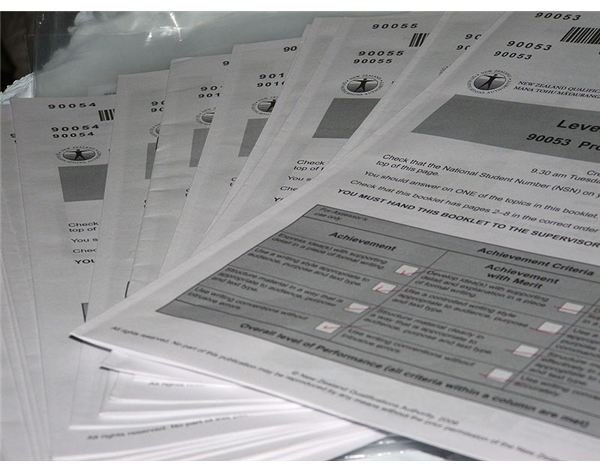Federal Rules for COBRA Insurance: What Employers Need to Know
Understanding COBRA
Prior to getting into the detailed federal rules for COBRA insurance and the implications these regulations have for employers, it is worthwhile to understand what the program does. COBRA is the acronym for “Consolidated Omnibus Budget Reconciliation Act(1).” It is a piece of federal legislation that provides for the temporary continuation of employer group health insurance coverage in the event of an employer-employee separation.
Who is Responsible for Notification?
Federal rules require the employer to notify the former employee of eligibility for COBRA insurance and also provide the necessary forms to apply. Please note that any employer who had at least 20 workers in the prior year must offer this health insurance coverage, even if the number of workers has since decreased.
How Does an Employee Qualify for COBRA?
The worker must be enrolled in an employer-offered health insurance plan. An event occurs that makes the employee ineligible to continue receiving the insurance, even though the plan remains in force. This type of event generally refers to a job loss or a reduction of working hours. It is possible for an otherwise qualified former employee to be ineligible for COBRA, if s/he was terminated for “gross misconduct(2).”
HR Timeline for COBRA Notifications
The burden of notification rests on the shoulders of the employer. Federal rules stipulate:
- Within 30 days of termination, the employer must notify the administrator of the health insurance plan.
- Within 14 days of receiving the employer notification, the plan administrator must send the former employee an election notice.
- Within 60 days the former worker must decide whether to take advantage of COBRA or become uninsured. If s/he elects to maintain the coverage, the former worker has 45 days after choosing coverage to pay the first premium.
Complying with ARRA
The Continuing Extension Act of 2010 is an outcropping of the American Recovery and Reinvestment Act of 2009 (ARRA)(3). COBRA coverage fees have been a routinely high expenditure for former employees without a current source of income, and part and parcel of the stimulus plan passed by Congress was a measure that would make the premium payments more affordable. To put this into perspective, consider that in 2006 only about 10 percent(4) of those eligible actually signed up for COBRA; the common denominator in the refusal to sign up for the plan is usually the cost.
ARRA compliance adds another burden on the employer and/or plan administrator. Refer to the COBRA model notices(5) drafted by the Department of Labor for the exact wording required to notify eligible recipients of their rights. This affects:
- Anyone whose working hours were reduced between 09-01-08 and 05-31-10, which resulted in a loss of insurance eligibility, and
- Who next lost employment altogether between 03-02-10 and 05-31-10, and
- Who may not have elected to sign up for COBRA or initially selected it but later on dropped it.
Staying in compliance with the federal rules does not have to be difficult if the human resources department devises a plan for notification. Attaching the notice to a final check, hand-delivering it at an exit interview or sending it via certified mail with a final check are all steps to ensure compliance and also offer the worker the opportunity to sign off on a document proving receipt of these papers. Be sure to keep this acknowledgement in the worker’s personnel file!
Sources
- https://www.dol.gov/dol/topic/health-plans/cobra.htm
- https://www.npr.org/templates/story/story.php?storyId=99973267
- https://www.dol.gov/ebsa/COBRAmodelnotice.html
Photo Credit: “Papers and forms” by Gabriel Pollard/Wikimedia Commons at https://commons.wikimedia.org/wiki/File:NCEA_exam_papers.JPG
